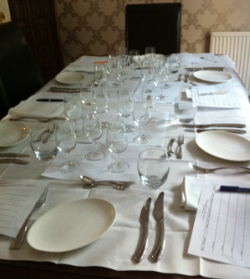 Table set and ready for the guests
Table set and ready for the guests Despite being about 50 metres from London's shopping epicentre for most of the month, our Christmas shopping faltered and failed.
Mr Purple Teeth hit upon an idea: Offer a Purple Teeth Tasting Party to our friends, meaning they get a present and we get to spend more time with them.
It seemed like a good idea, but logistically, it was a bit of a challenge, so here we are, 8 months later, finally sampling some Bordeaux wines.
The original idea was for Mr Purple Teeth to pick 4 Bordeaux wines and for me to pick 4 different wines, blind taste them all and see what came up trumps. But how to create a consistent theme? At the very least, it needed not to be absolutely obvious which wines were which. I had no idea how wine educated some of the guests would be.
After some consideration, I decided to go for Bordeaux grape varieties (and blends) from other places, and to try to showcase some of the blending grapes in single varietals. I also wanted to throw in some surprises. A sparkling Rosé wine isn't exactly what springs to mind when you think of Bordeaux, and yet, that's exactly where we started as a light aperitif before the serious work began. In the end, I was surprised at just how many wines we had to taste. We sampled 15 wines in total, most from Bordeaux, thanks to Lidl providing me 4 sample bottles for review the week before the tasting. I was glad of the help.
I gave everyone note taking sheets, but didn't tell them what any of the wines were until after they'd be tasted. Would people guess which ones hailed from arguably the world's most famous wine region? Read on...
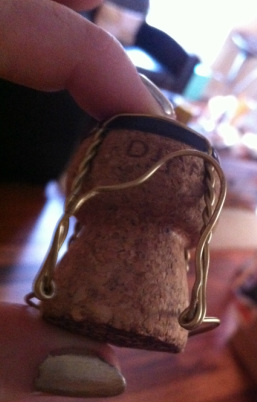 Exploding cork and cage luckily caused no harm
Exploding cork and cage luckily caused no harm A dry and delicate pink, guests rated it an average of 6/10, with wild guesses as to it's provenance from New World to Alsace. Light and fruity, with a lot of acidity sums up the descriptions. It is made using the traditional method, and it's fair to say the ladies loved it, but the gents weren't fizz fans.
I was surprised that the cork blew out, taking the cage with it, on one turn of the wire, yet the mousse itself was pretty delicate. It's very dry, with hints of strawberry and raspberry. and a pleasant aperitif if you fancy something a bit out of the ordinary, and at half the price of most pink Champagnes. This was just for fun, and there was no other fizz to compare it with.
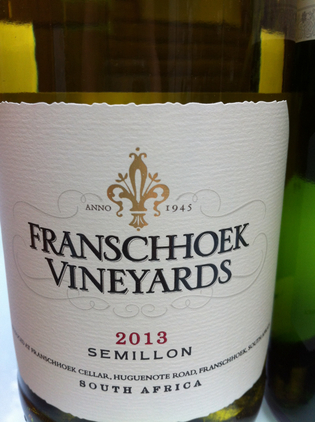 £8 bargain Wine Society £8 bargain Wine Society Two very different whites followed. First a 100% Semillon from South Africa, made from 80 year old vines, barrel fermented and aged (from The Wine Society). This was an unusual white which confused our guests unfamiliar with what Semillon can deliver when well treated. A fascinating wine that had a heavy scent of honey, nuts and minerality, it achieved an average score of 7.5. Wild guesses prevailed again, from oaked chardonnay (even though that's not a Bordeaux variety, people clearly thought I was out to trick them). Most guessed it was from Bordeaux. Most were wrong. Flavour notes mentioned: apricot, salty, honey. What was fascinating was to see the differences of perception of the same wine. Prices were guessed at anything from £8 to £20. One note said "great with cheese" - we were eating Manchego at the time. You heard it here first. | 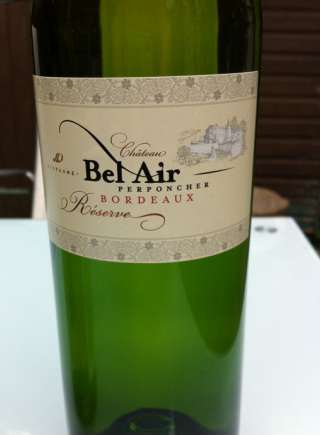 £9 Wine Society £9 Wine Society Our actual Bordeaux white was a blend of perhaps the 3 most commonly used of the permitted white varieties in Bordeaux: Semillon, Sauvignon Blanc and Muscadelle. Our drinkers were much more familiar with this style of wine though most (wrongly) assumed this was pure Sauvignon Blanc, some even assuming it was from New Zealand because of this. It was crisp and green with apple and grassy notes, pleasantly rounded though only achieved an average score of 5.5 Flavours of fruity citrus, and acidic sharpness were highlighted. Again, this came from The Wine Society, and for me, was a classic affordable white Bordeaux. Price guesses averaged around £12 So, it looks like "not Bordeaux" won quite convincingly for the whites. |
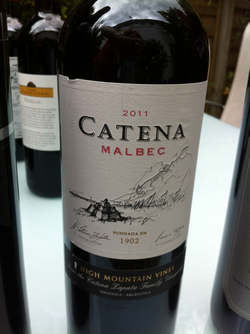
Catena did not let me down. This is one of my favourite wines, and it proved to be the favourite for the hostess too, who even guessed it was Argentine Malbec. A coup for both of us. Waitrose now have the 2012 in stock and I'm interested to try it to see how the different vintage is. The 2011 is a stunning wine for £12.99 with chocolate, spicy blackcurrant nose, and smooth but full bodied tannin, it's average score was aound 6 and most correctly guessed it was from the New World. Catena has a very high "Robert Parker" rating with many vintages achieving over 90 points. I gave it 9/10, but clearly I had a tough audience to please. In fact, it was around now that one guest revealed they don't drink red wine! Ouch. This was going to be a long night.
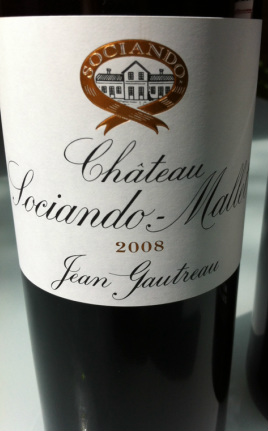
The most expensive wine of the evening at £26, it shocked the guests that this one is part of Lidl's new French range, due to be released on 4th September.
Some snootily claimed that a Lidl shopper wouldn't know how to spend £26 on a bottle. Others felt a pound or 2 more could get you a better known (and arguably better) wine. There was no denying the popularity of this one, though, and I was pleased that Lidl had kindly trusted me with the finest bottle in their new range. Lidl are putting a lot of work into upping the quality (and average price) of their French range, and if it pays off, we'll all have more choice and value. (I will be blogging about few more of their wines in the next few days, so stay tuned).
Smoky, plenty of ripe fruit, soft tannin and very drinkable, the Sociando Mallet from Haut Medoc is a blend of 3 grapes, with the majority being Cabernet. Mr Purple Teeth stated, "Elegant, smoky, love it", and the average score was around 7.5 so, the higher priced wine scored well. No-one actually guessed correctly that it was the highest priced wine, though.
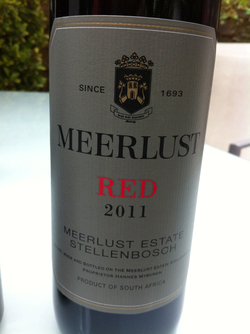 £10 from The Wine Society
£10 from The Wine Society Very strongly flavoured, drying tannin and red fruit character meant it wasn't as accessible as I'd normally expect a £10 New World red to be, but Mr Purple Teeth gave it the same score as the Sociando Mallet although he didn't love it as much, he assumed that being big and complex it was a Bordeaux wine. Again, a score of 7.5 making this a great value product from The Wine Society. It would be interesting to compare lesser vintages.
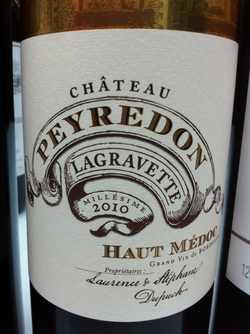
I should probably add I'd also reduced the amount of spitting by this point, but I had become more stingy on the pouring after a glass of very expensive wine was poured away after a cursory sip.
The average score of 6.5 was disappointing. Mr Purple Teeth found it had a slight bitter aftertaste and was less complex than the other wines. As he had chosen this one to represent Bordeaux, he might be kicking himself that Lidl and my New World wine beat him... our second Lidl wine section winner!
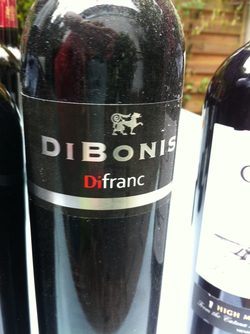 100% Cabernet Franc from Serbia
100% Cabernet Franc from Serbia The DiFranc had lain on my wine rack for over a year, a gift from DiBonis on my visit to Serbia last May. It seemed like the ideal time to open it as Cabernet Franc is the parent grape of Cabernet Sauvignon and Merlot, and is also used in Bordeaux blends. It's not one that many people drink as a single varietal when compared to Merlot or Cab Sauv. Loire valley reds such as Chinon and Bourgeuil or Saumur-Champigny are a good place to start if you want to sample this varietal, and in the USA, Virginia is proving a successful home for the grape.
I remembered it as medium bodied and less green and herbaceous than expected indicating good ripe fruit. This time around again, there was little in the way of green notes, but with age, the wine has developed good coffee overtones and even mocha. The mocha flavours were even more prominent 2 days later when I went back to the vacuvin sealed bottle. Delicious.
This was a surprise hit with the crowd and it's reassured me that I've found a great winery here. Mr Purple Teeth gave it a 9 and was sure it was a young, elegant Bordeaux with "rich, creamy, velvety vanilla". Tasting it again blind second time around, his velvety vanilla note was consistent, and he was disappointed to hear the bottle was finished. The average score was just under 8, and it achieved 50% ratings of a 9 including one from our non-red-wine drinker! It's a hit.
My next mission for Purple Teeth is to try to find a way to import these wines to the UK and get them to a wider audience. I hope that many of my readers would be tempted to try them and find them just as fascinating as everyone I've shown them to over the last year.
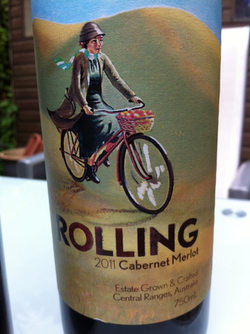
Fruit forward and simple, it was pleasant, but the most striking thing was how different the label was to all the others. Australian wine marketing could not be more different than the classic French style. I also wanted to test whether or not our scores got higher towards the end as alcohol made us less discerning. This wasn't to be for Rolling which achieved an average score of around 6 and was seen as boring, with a harsh finish. Sorry, Australia. You lose.
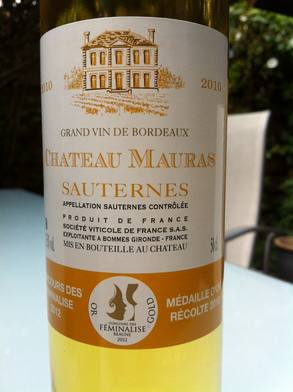
It was a really pleasant way to end the tasting, lightening and freshening our palates, and a perfect accompaniment to the Tarte au Citron our hosts had organised as the dessert.
Described as "summer in a glass", "Peach, apricot and nectarine with citrus glaze", "mango in a fruit salad", and an average score of 7.5, we didn't compare it to another sweet wine.
Needless to say, more food was served, more wine was poured, glasses were revisited, some opinions revised and a great time was had by all until around 3am. There was even some wine left at the end of the evening.
Guests noted that their reactions when blind tasting had challenged some of their perceptions about what they "knew" they liked. I felt a little bit jealous that I didn't get to taste blind myself. I wonder if I'd have guessed any better than they did. And when serving the wine in the perfect Riedel glass later in the evening, perceptions improved all round.
Overall, a surprise top score for the wine from Serbia, some great results from Lidl, a couple of great value wines from Wine Cellar Club and Wine Society, proving you don't have to spend a fortune to enjoy great wine. And it really is hard to please everyone. Even the highest rated wine overall had one review of "boring".
Most surprising of all? We went out to dinner the next night and ordered another Bordeaux wine!
Cheers!
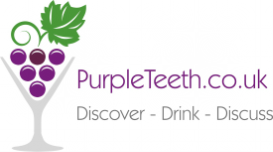
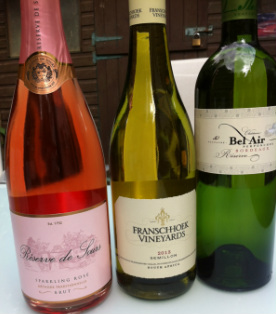
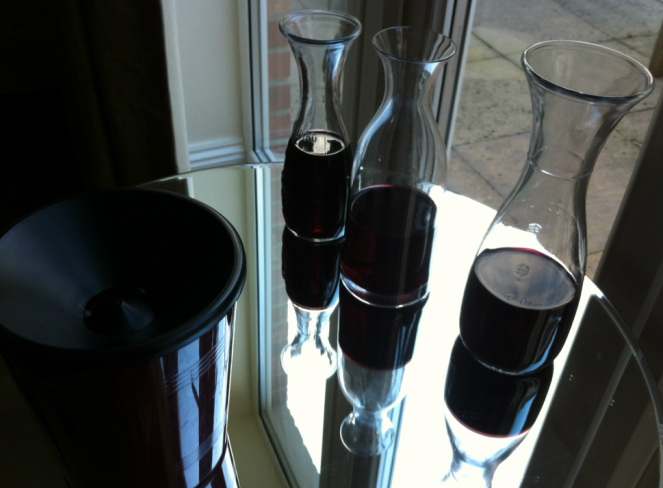
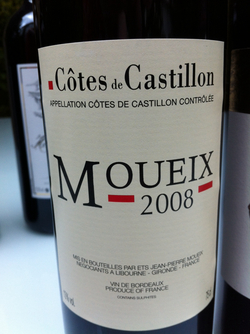
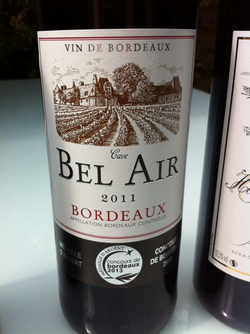
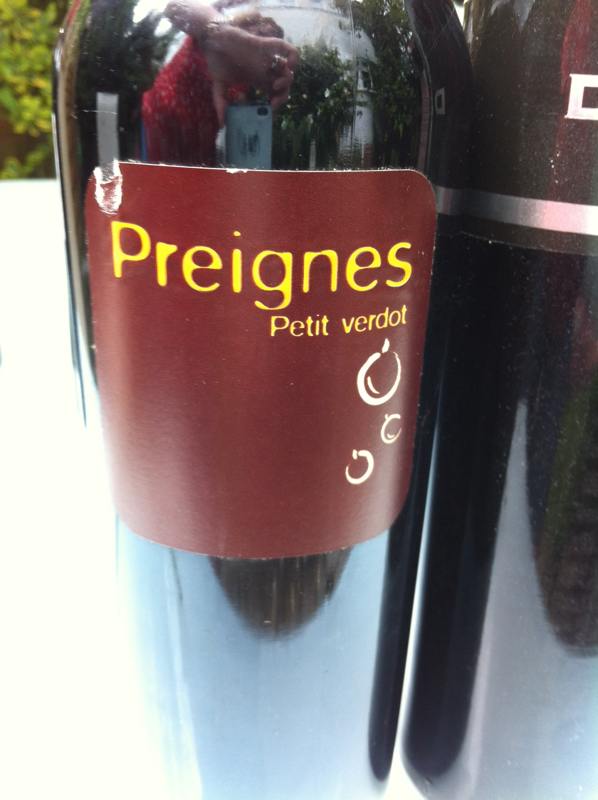
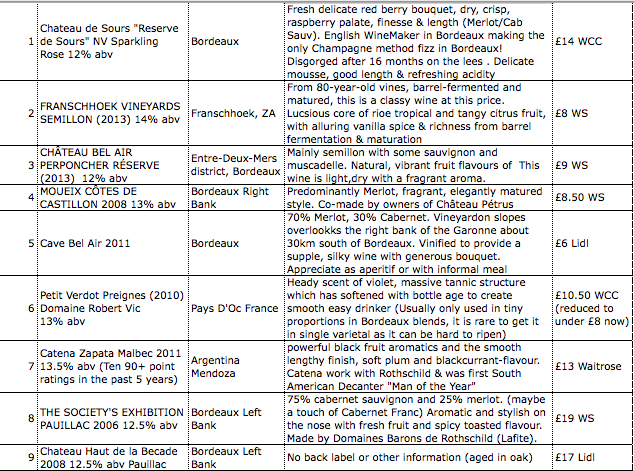
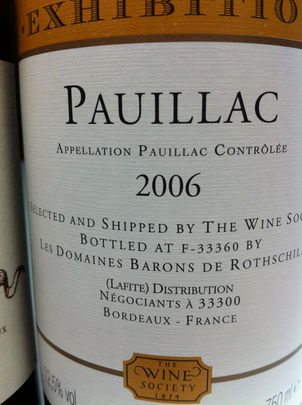
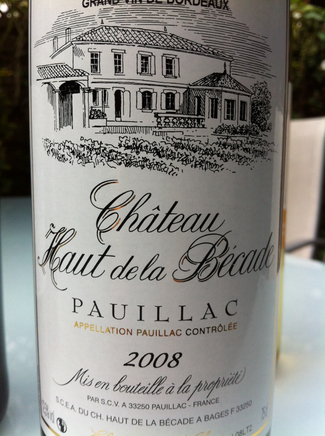
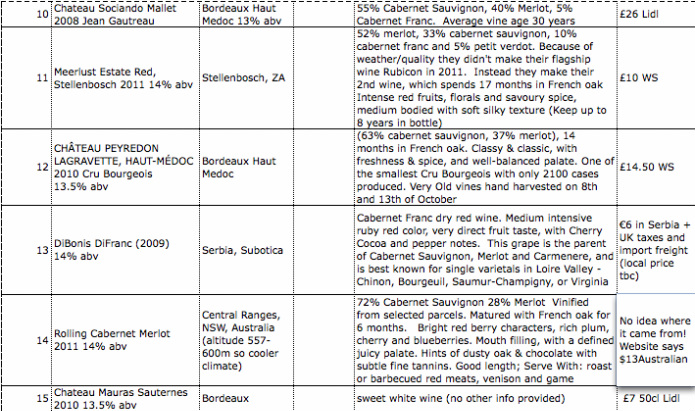
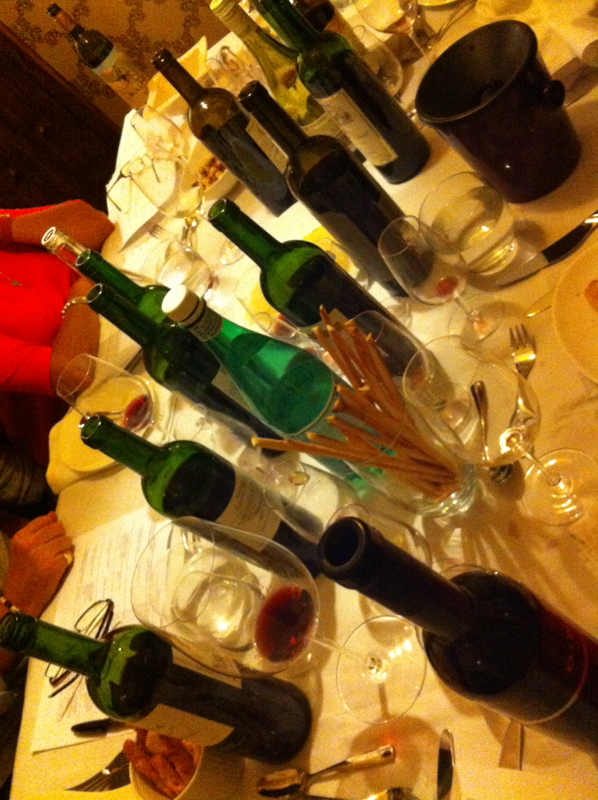
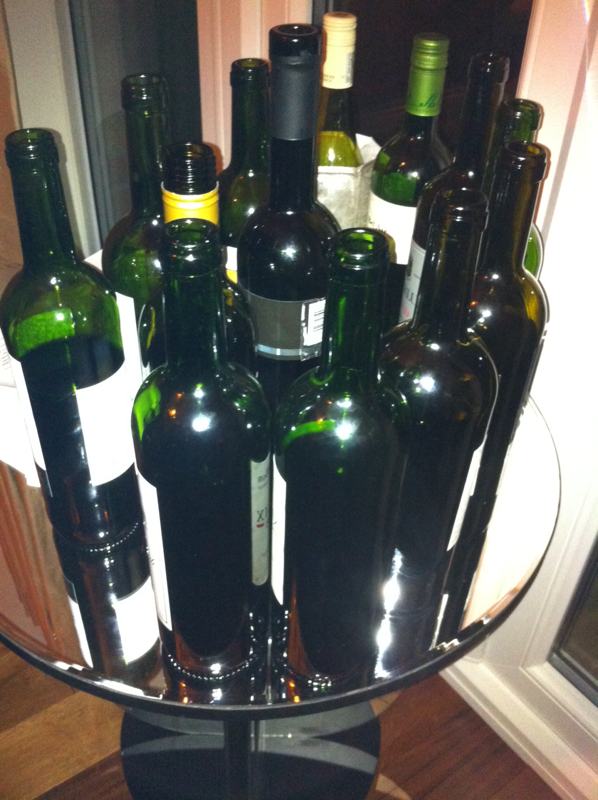

 RSS Feed
RSS Feed
